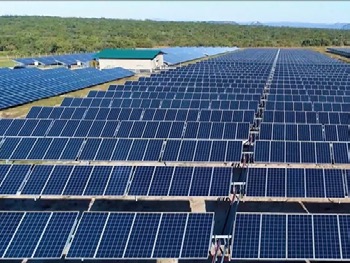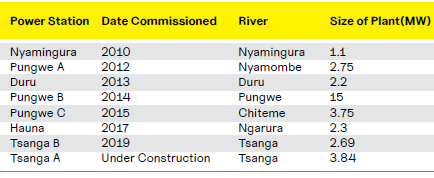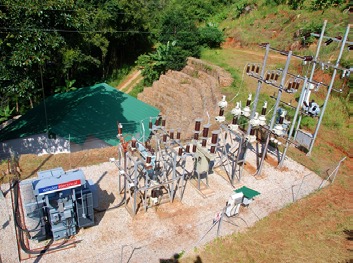Nyangani Renewable Energy’s achievements in the clean energy revolution has seen them clinching several accolades from the Zimbabwe Institution of Engineers (ZIE) and the Zimbabwe Energy Regulation Authority (ZERA). Their operations in the Eastern Highlands region of Manicaland in particular have earned them regional and international recognition. The company, which is a subsidiary of PGI Group (UK), has transformed underprivileged and neglected rural communities in Manicaland into one of the few areas in the district that seldom experience load shedding in a country hampered by frequent power outages. The reliable supply of electricity has provided many benefits for the region which
is well known for its avocado, banana and tea production.

Since commissioning their first hydroelectric power station in 2010, Nyangani Renewable Energy (NRE) has been building and operating run-of-river hydroelectric power stations in both Zimbabwe and Malawi, commissioning almost one station per year. These NRE-owned power stations supply all their electricity into both Zimbabwe and Malawi’s national grids. At present their hydropower stations in Zimbabwe are situated in Nyanga and Honde Valley and in Malawi are in the Mulanje area.
In Zimbabwe, before any hydro development can take place, a Power Purchase Agreement is signed between NRE and The Zimbabwe Electricity Transmission and Distribution Company (ZETDC) which is approved by the Zimbabwe Energy Regulation Authority (ZERA). In choosing a suitable site, a desk top study is initially carried out, followed by detailed surveys on the ground. Should these investigations indicate possible hydro potential, a detailed feasibility study is conducted, an environmental impact assessment carried out and approved by the Environmental Management Authority (EMA), water abstraction permits obtained from the Zimbabwe National Water Association (ZINWA) and approvals sought from the local Traditional Leadership and Rural District Councils. Chief Mutasa, Headman Muzvare Muparutsa and George Bandure of the Mutasa Rural District Council (MRDC) have been instrumental in the development of the Honde Valley projects.
During construction NRE has sourced all their labour from local surrounding villages. On each project they strive to uplift the local labour force through training and using necessary modern construction and engineering skills. On completion a number of employees are taken on, on a more permanent basis and trained for the operation and running of the plant. These numbers vary between 13 and 25 staff, depending on their size and location. In addition, NRE also runs two maintenance teams, overseeing civil and power line repair works within their region of generation. This involves the upkeep of roads and drainage systems as well as working with ZETDC in grid maintenance works which include wayleave clearance, pole and cross arm replacements, conductor stringing and early identification and repair of problem areas.
Run-of-river hydropower generation, in principle, harnesses the energy of flowing water to generate electricity in the absence of a large dam or storage structure. These schemes are subject to seasonal river flows and as a result operate as intermittent energy sources (differing outputs throughout the year). Typically, a small weir or diversion structure is used to divert the water from a higher point in a river, through a channel and pressurised pipeline, known as a penstock, to a turbine, housed within a power house at a lower point in the river. Once the water has been through the turbine, it is simply returned to the river with minimal environmental disturbance. This turbine is coupled to a generator which in turn produces electricity that is supplied to a transformer, through a control panel and then into the national grid.

NRE imports most of their equipment from Gilbert Gilkes & Gordon Limited (a world famous and reliable hydropower equipment supplier in the UK), except for the penstocks which they procure locally.
NRE currently has seven hydroelectric power projects in operation, with an additional scheme under construction in Zimbabwe. Work on their pilot project, the Nyamingura Power Station started in 2007 and was commissioned in 2010. Following the success of this scheme, further schemes were developed on the Nyamombe, Pungwe, Chiteme, Ngarura and Tsanga Rivers, details of which are tabulated below:

NRE has also designed and built the country’s first utility scale photovoltaic solar power station at Mutoko.
Nyangani Renewable Energy has not only focused on producing clean energy for sale to their off takers
(ESCOM and ZETDC) but also on making sure the local community have benefited as well. Thanks to the development of these schemes as well as support from the Honde Valley Hydro Electric Trust those living in the Honde Valley and Tsanga areas now have either new or improved roads, new road and footbridges, new schools with electricity and internet access as well as new clinics and upgraded hospital. To date the Trust has electrified over 50 schools in Honde Valley.
Since 2017 NRE has also collaborated with Veterinarians for Animal Welfare in Zimbabwe (VAWZ) to carry out yearly vaccination, sterilisation and animal welfare campaigns for domestic animals in communities surrounding their projects.
Nyangani Renewable Energy has solidified their place as the leading Independent Power Producer (IPP) in Zimbabwe. In 2021 they produced 118,400 MWh in Zimbabwe and 31,650 MWh in Malawi. They are ready to recommence construction of their Tsanga A Power Station that has been interrupted by the delayed approval of the Power Purchase Agreement. NRE are hopeful that agreement can be reached with the authorities on a satisfactory PPA, following which the power station will be completed within three months and able to deliver additional new green energy to the nation.
Nyangani Renewable Energy design, build, own and operate hydroelectric and solar power stations. For more about their operations visit their website https://www.nrezim.com/ which they update regularly. Follow them on Twitter, LinkedIn and Facebook as well where they post inspiring and uplifting content about the work they do.
text by Farai Chaka and Patuma Salimu projects table courtesy of NRE

